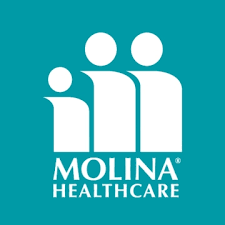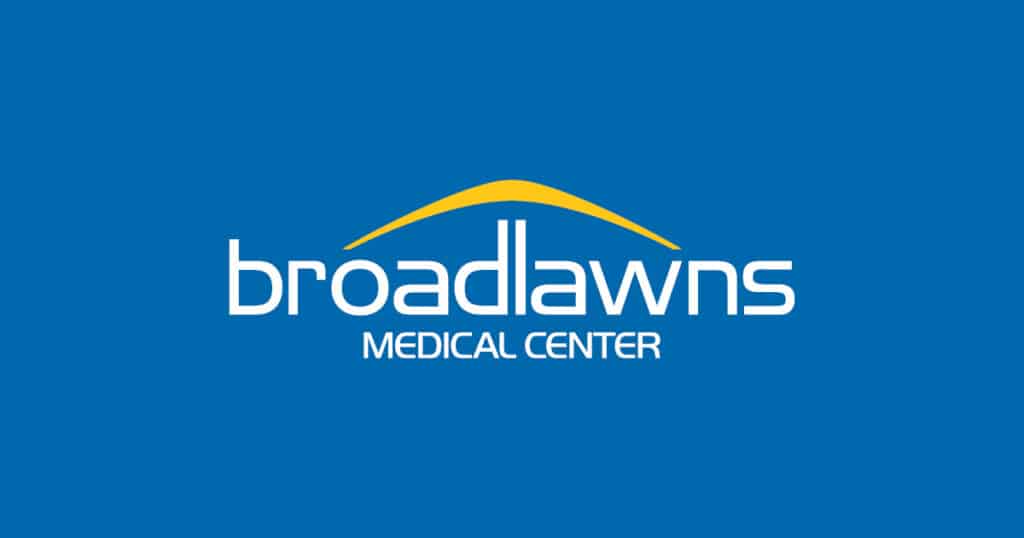NOTEBOOK: More federal money on the way for Iowa health care providers, but payback could be rough

BPC Staff Dec 30, 2020 | 9:07 pm
1 min read time
312 wordsBusiness Record Insider, Health and Wellness, The Insider NotebookIowa hospitals and health care providers will receive an additional $48.7 million from the federal government’s Provider Relief Fund as part of a third round of payments totaling $24.5 billion from the U.S. Department of Health and Human Services, the agency announced.
The federal agency said the funding, which will be disbursed through January to more than 70,000 providers nationwide, will help each eligible provider recover up to 88% of their reported losses attributed to the pandemic. HHS, which had announced in October it would distribute $20 billion to health providers in this round, actually distributed an additional $4.5 billion to meet the demand.
At the same time, the agency said more than 35,000 applicants nationally will not receive an additional payment, either because they experienced no change in revenues or net expenses attributable to COVID-19 or because they have already received funds that equal or exceed reimbursement of 88% of reported losses.
The Iowa Hospital Association reported earlier this month that its 118 member hospitals will lose an estimated $1.25 billion due to the pandemic in 2020, which after $817 million in federal relief payments already received will result in a $433 million net loss.
Those federal relief payments don’t include recently announced payments said Craig Borchard, the IHA’s communications director. Borchard said the amount going out in Iowa — 452 payments totaling $48,617,823 — includes not just hospitals but all types of providers.
The association has said the uncertainty surrounding how much of the federal funding may need to be repaid is a big concern for providers. Hospitals and other care providers may need to pay back some of the funds if they can’t be allocated directly to lost revenue and costs.
“A big issue is the federal government’s definition of lost revenue,” Borchard said. “This definition has already changed several times, which complicates hospitals being able to comply.”








